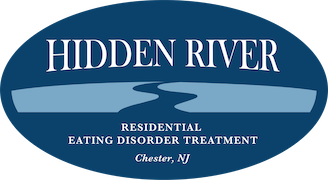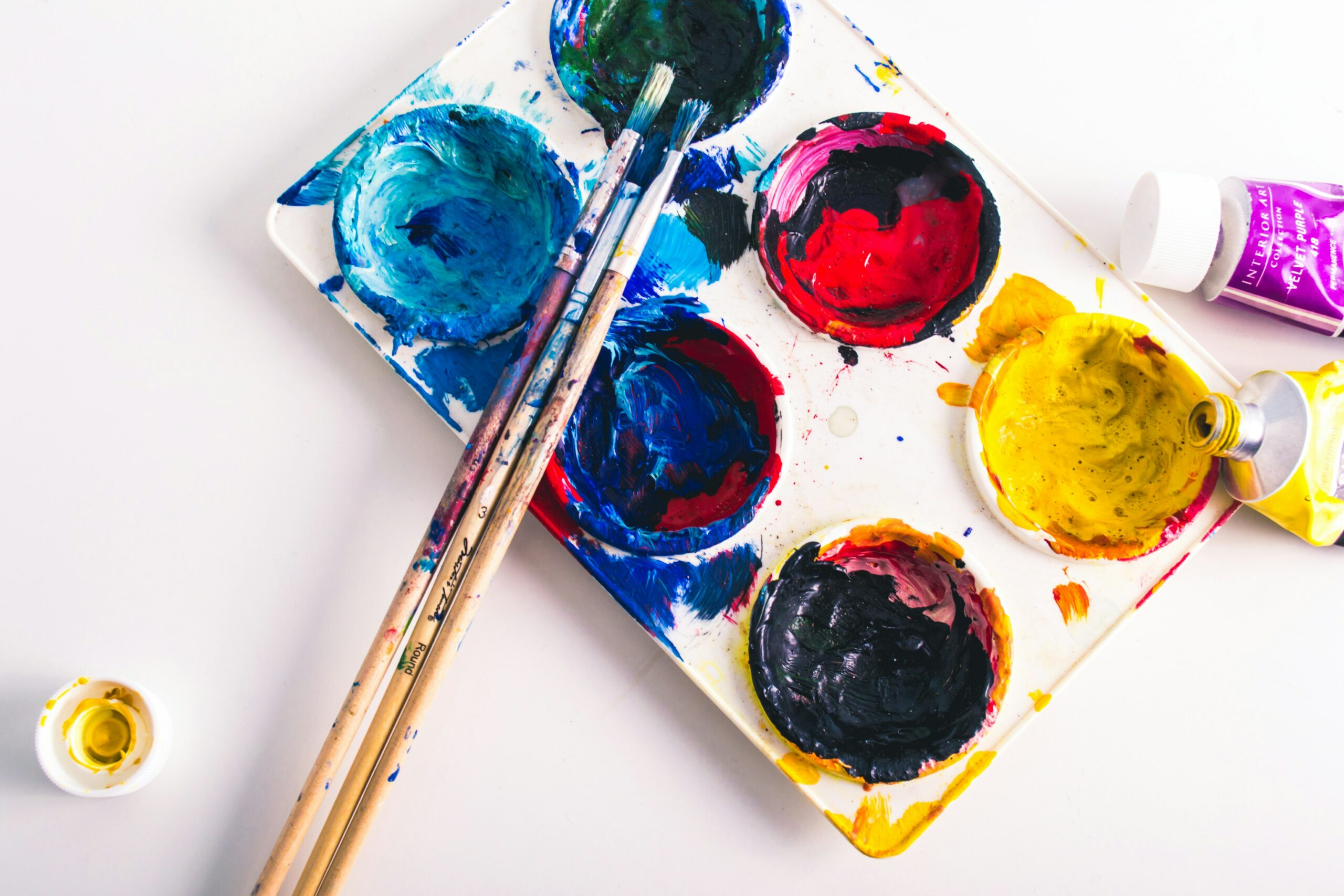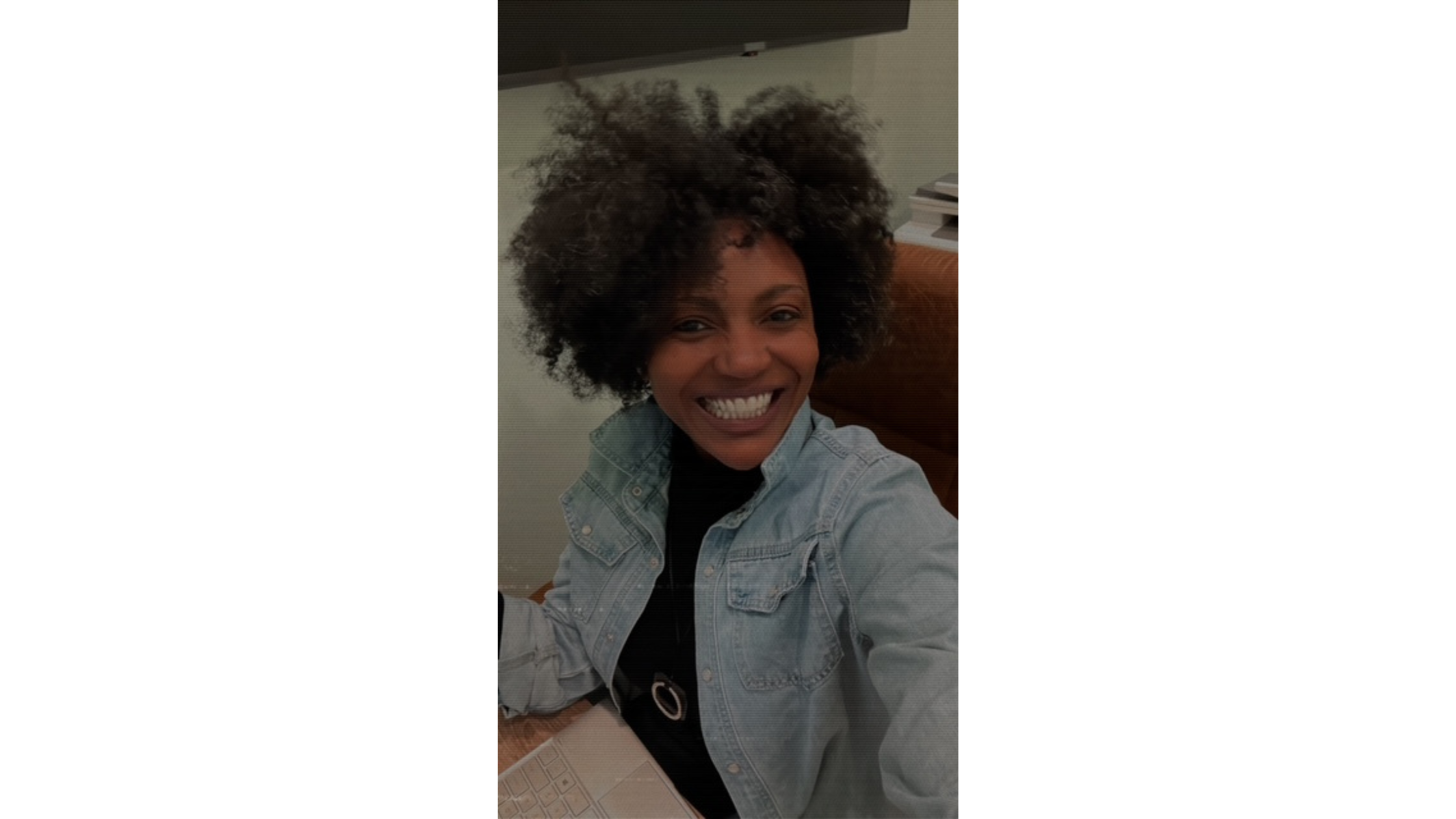The Power of Art Therapy
Creating art as a means of mental health treatment began in the mid-20th century when soldiers first returned home after World War II ended. Many of them were suffering from “shell shock,” or what is now called post-traumatic stress disorder (PTSD). Because trauma is so difficult to articulate with words, these veterans used painting, drawing, sculpting, and other forms of art to process their experiences at war.
In the decades since, we’ve gained a better understanding of how art therapy positively impacts mental health treatment.
Studies reveal that art therapy has been successfully used to reduce symptoms for a variety of mental health disorders, including depression, anxiety, cognitive impairment and dementia, Alzheimer’s disease, schizophrenia, autism, and more. Not only does it encourage patients to open up and share their experiences, views, and feelings, but it also helps medical professionals diagnose diseases and co-occurring conditions (1).
Art therapy may include drawing, doodling, coloring, painting, photography, music, dance, writing, storytelling, and collage-making — anything that allows patients to express themselves through creation. It develops previously untapped talents and fosters a sense of self-sufficiency (2). Overall, benefits of art therapy to both physical and mental health include:
- Improved overall well-being
- Increased emotional resilience
- Reduced stress
- Freedom of expression, particularly when processing difficult thoughts and feelings
- Improved interpersonal relationships
The quality of the piece doesn’t indicate if art therapy is a success or not.
Rather, the focus remains on the healing that happens during the process of making the art. Through artistic expression, many individuals begin to feel better and motivated to recover. The opportunity for artistic expression also helps to address clinical needs, like reducing anxiety and blood pressure.
Better yet, the benefits of art therapy go beyond the patient. By improving the patient’s experience and boosting their mood, it also benefits family members and healthcare providers. Specifically, it reduces the burden these individuals carry in pursuit of the patient’s recovery.
Art therapy doesn’t have to be prescribed or professionally moderated to be beneficial to patients undergoing mental health treatment. Any type of creation can provide enjoyment and distraction from struggles or pain. In fact, even just seeing art positively impacts the brain! When art is a part of everyday life, it can encourage new ways of thinking, increase feelings of hope, increase serotonin (the happy chemical) levels, and increase blood flow to the part of the brain responsible for pleasure.
At Hidden River, we understand the power of art therapy in eating disorder recovery.
Eating disorder treatment typically includes therapy (individual, group, and family), nutrition care, and meal support as well as psychiatric and medical care and school programs as needed. When it comes to therapy, non-verbal, artistic means of expression are just as important as the time spent talking with a therapist.
At Hidden River, our clinical programming includes a group for expressive/insight education, where therapists utilize many art mediums to assist patients in creating intuition and reflection. The clinical staff include art experiential in individual, group, and family therapy sessions to support multiple ways of personal expression and improve communication. The art experiential groups are structured in an eight-week curriculum with each group having a pre-planned medium and focus topic. We also make the art materials available during social time, allowing our patients to be freely creative.
We often display patient-created artwork throughout our buildings. It serves to highlight the beauty of their creativity as well as to encourage all patients in their treatment journey. You can check out some of the displayed pieces in our recent Instagram post. Patients are encouraged to also take their art pieces home at the end of their stay.
To learn more about our services, please reach out to info@hiddenriverhealing.com.
Visit our website to learn more about eating disorder treatment at Hidden River. For a closer look at our grounds and living quarters, take a look at our gallery.
References
- Hu, J. et al. (2021). Art Therapy: A Complementary Treatment for Mental Disorders. Frontiers in Psychology (12: 686005). doi: 10.3389/fpsyg.2021.686005
- Shukla, AK et al. (2022). Role of Art Therapy in the Promotion of Mental Health: A Critical Review. Cureus (14(8): e28026). doi: 10.7759/cureus.28026





